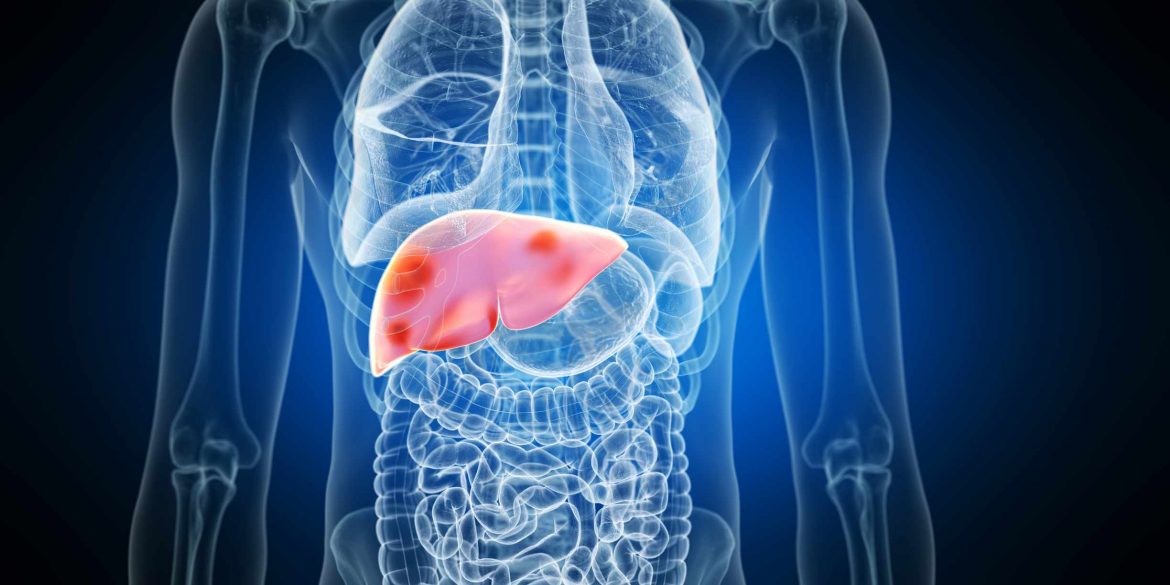Despite the fact that leprosy is one of the world’s oldest and most persistent illnesses, the bacteria that causes it may have an unexpected capacity to grow and regenerate a key organ. The findings were reported in Cell Reports Medicine. Scientists have discovered that leprosy parasites may reprogramme cells in adult animals to increase the size of the liver without causing damage, scarring, or tumours. The findings imply that humans may use this natural mechanism to repair ageing livers and enhance healthspan (the amount of time they live disease-free).
According to experts, it may also aid in the regeneration of damaged livers, lowering the need for transplantation, which is presently the only curative option for those with end-stage scarred livers. Previous research boosted mouse liver recovery by creating stem cells and progenitor cells (the step following a stem cell that may become any type of cell for a given organ) using an invasive procedure that frequently resulted in scarring and tumour formation. To combat these negative side effects, Edinburgh researchers based on their prior discoveries of Mycobacterium leprae’s partial cellular reprogramming potential.
Working with the US Department of Health and Human Services in Baton Rouge, Louisiana, the researchers infected 57 armadillos with the parasite and compared their livers to those of uninfected armadillos and those determined to be resistant to infection. They discovered that infected animals grew bigger – but healthy and uninjured – livers with the same critical components as uninfected and resistant armadillos, such as blood arteries, bile ducts, and functional units known as lobules. The researchers believe the bacteria ‘hijacked’ the liver’s natural regeneration capacity to expand the organ’s size and so give it with additional cells to grow in.
They also uncovered multiple signs that the primary types of liver cells, known as hepatocytes, had “rejuvenated” in the sick armadillos. The diseased armadillos’ livers also had gene expression patterns – the blueprint for constructing a cell – that were identical to those found in younger animals and human embryonic livers.
Genes associated with metabolism, growth, and cell proliferation were activated, whereas genes associated with ageing were downregulated or inhibited. Scientists believe this is because the bacteria reprogrammed the liver cells, restoring them to an earlier stage of progenitor cells, from which new hepatocytes and liver tissues developed. The researchers believe their findings will contribute in the development of human medicines for ageing and damaged livers. Every year, liver diseases kill two million individuals globally.





